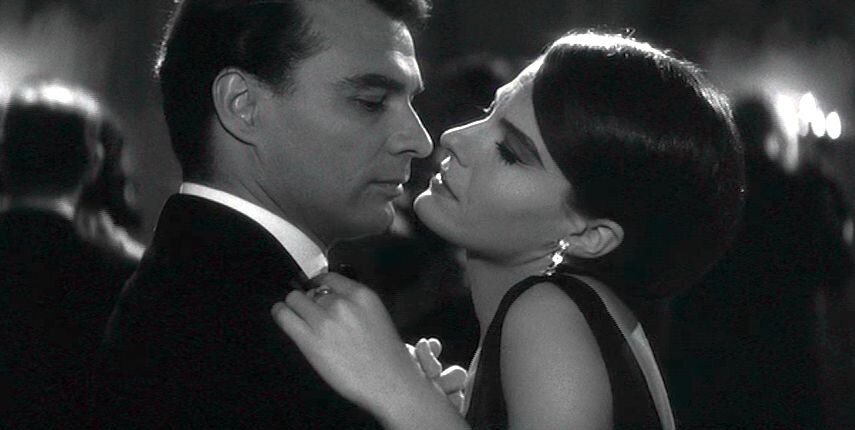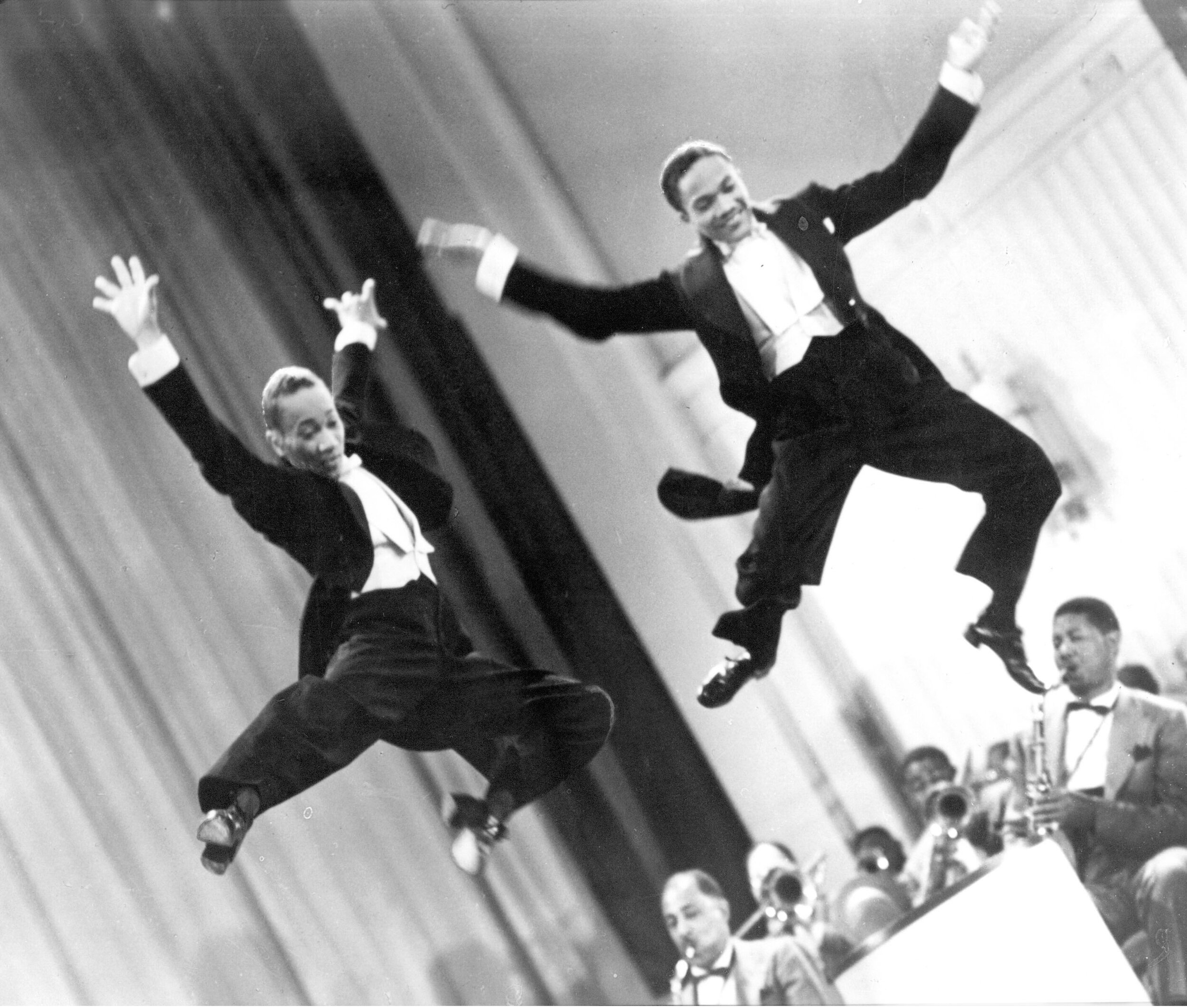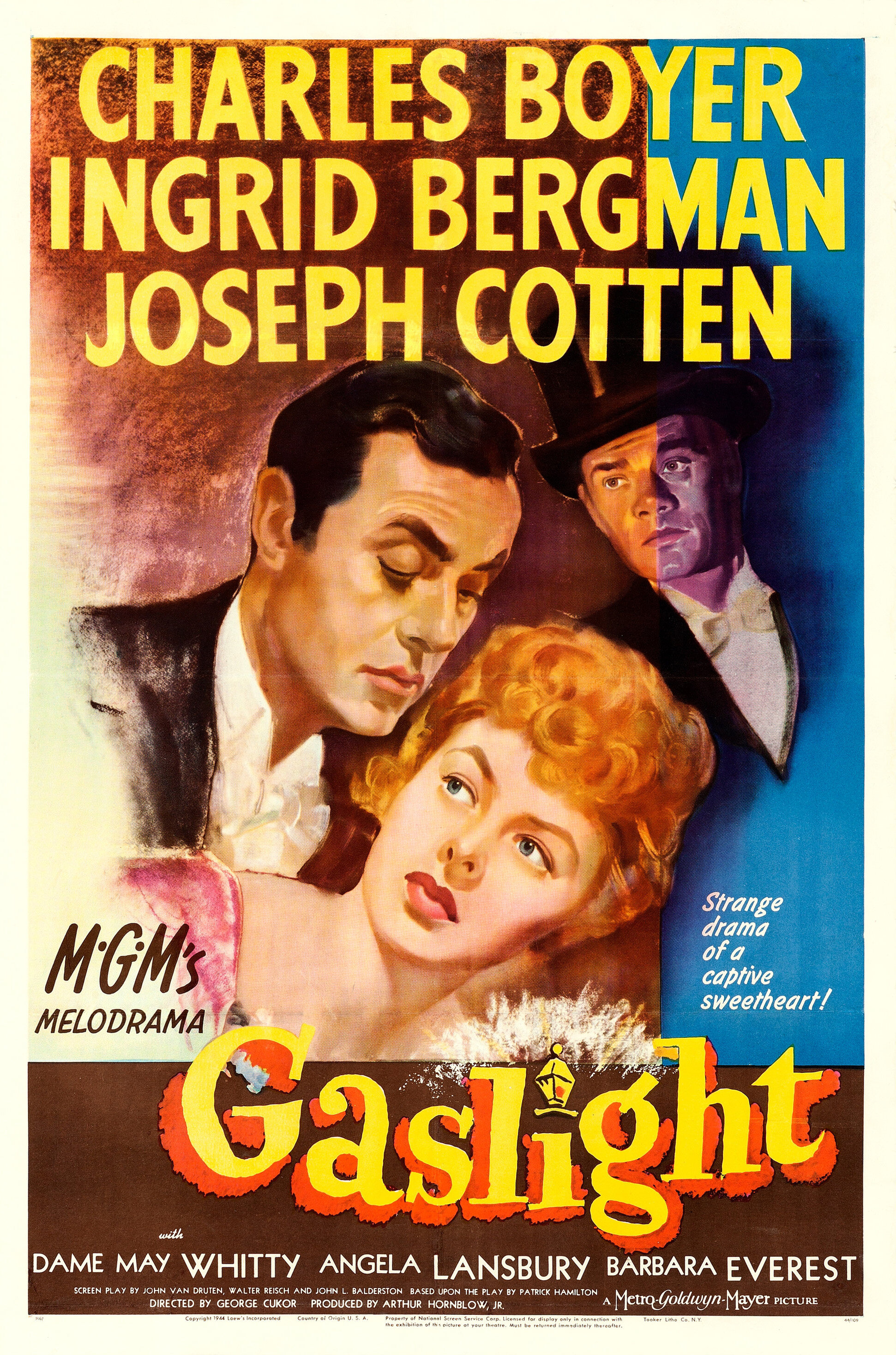'Who Pushed Taylor Off the Pier?': Why The Big Sleep Is a Little Confusing
'Your story didn't sound quite right.’
'Oh, that's too bad. You got a better one?’
'Maybe I can find one.’
‘The Big Sleep’ is a classic 1946 detective thriller directed by Howard Hawks, based on the novel by Raymond Chandler, and starring Humphrey Bogart and Lauren Bacall.
Private investigator Philip Marlowe (Bogart) is commissioned by wealthy invalid General Sternwood to extract his troublesome younger daughter, Carmen, from extortion over gambling debts. But nothing is straightforward: Sternwood is also keen to locate his trusted bodyguard who has recently disappeared; his older daughter Vivian (Bacall) seems unduly curious about Marlowe’s brief; and Carmen is being inappropriate.
'She tried to sit on my lap while I was standing up.’
When Marlowe embarks on his enquiries, he discovers a drugged Carmen beside the dead body of the blackmailer, and a hidden camera with the film missing. This sets him off on a trail of vice, violence, corruption and infidelity; of sophisticated clubs, hired guns and poisoned drinks. There’s a disappearing corpse, a mugging in the car park and a shooting at the apartment door.
'You know what he'll do when he comes back? Beat my teeth out, then kick me in the stomach for mumbling.’
Marlowe navigates these challenges with a cool head and worldly cynicism. And he meets his match in Vivian - reserved, sharp tongued, quietly amused - and not entirely to be trusted.
'Why did you have to go on?'
'Too many people told me to stop.’
Marlowe and Vivian are clearly attracted to each other and they spar flirtatiously whenever they meet.
Vivian: Speaking of horses, I like to play them myself. But I like to see them work out a little first, see if they're frontrunners or come from behind… I'd say you like to get out in front, open up a little lead, take a little breather in the backstretch, and then come home free…
Marlowe: You've got a touch of class, but I don't know how far you can go.
Vivian: A lot depends on who's in the saddle.
They make a compelling couple. The suited Bogart, hard-boiled and obstinate, nervously touching his ear lobes when he thinks, striding through the mean streets in battered trench coat and fedora. Bacall, her head tilted down, her eyebrows arched, her feline beauty gliding across the screen in trousers, loafers and velvet shirt; in hounds-tooth jacket and black beret; in gold lame evening gown.
‘The Big Sleep’ has a labyrinthine plot, with key characters we never see, seven murders and numerous double crosses and false leads. It’s difficult to keep up.
Of course, the complexity was written into Chandler’s original narrative. But it was exacerbated by the troubled production process. Bogart and Bacall had embarked on an affair, and, with his marriage on the rocks, Bogart was drinking heavily. Bacall’s agent, concerned by her recent box office flop, and the fact that Martha Vickers as Carmen was dazzling in every scene, demanded rewrites that diminished the younger sister’s role and gave Bacall a chance to shine. The resulting edit did not entirely make sense.
On one occasion, Bogart, perplexed by the death of one of the minor characters, marched onto the set and asked Hawks:
'Who pushed Taylor off the pier?'
Equally confused, Hawks could get no explanation from scriptwriters William Faulkner and Leigh Brackett. So he sent Chandler a telegram, asking him to clear things up. But the author couldn’t answer Bogart’s question either.
At length Hawks concluded that strong character development and powerful individual scenes should take precedence over narrative coherence.
'I never figured out what was going on, but I thought that the basic thing had great scenes in it, and it was good entertainment. After that got by, I said, 'I'm never going to worry about being logical again.''
This may give us pause for thought.
Given the necessary brevity of advertising communication, we go to great lengths in script reviews, pre-production conversations and research to ensure that everything contributes to a simple powerful story with the brand at its heart; that every script, casting, wardrobe and set decision has a logic; that it is all pointing in one direction.
But as we iron out irregularity and polish off inconsistency, so we also diminish character, credibility and memorability. Even in our reduced format, texture, tone, quirks and foibles matter.
Thankfully Marlowe and Bacall emerge from ‘The Big Sleep’ in tact and together. With the chief villain lying dead in the hallway, they sit in a gloomy parlour awaiting the police. Marlowe sketches out the story he will tell Sternwood and the cops; and the treatment best suited for Carmen. Everything seems resolved.
Vivian: You've forgotten one thing… Me.
Marlowe: What's wrong with you?
Vivian: Nothing you can't fix.
'She is watching the detectives.
"Oh, it's so cute."
She's watching the detectives,
When they shoot, shoot, shoot, shoot.
They beat him up until the teardrops start,
But he can't be wounded 'cause he's got no heart.’
Elvis Costello, 'Watching the Detectives'
No. 331


























